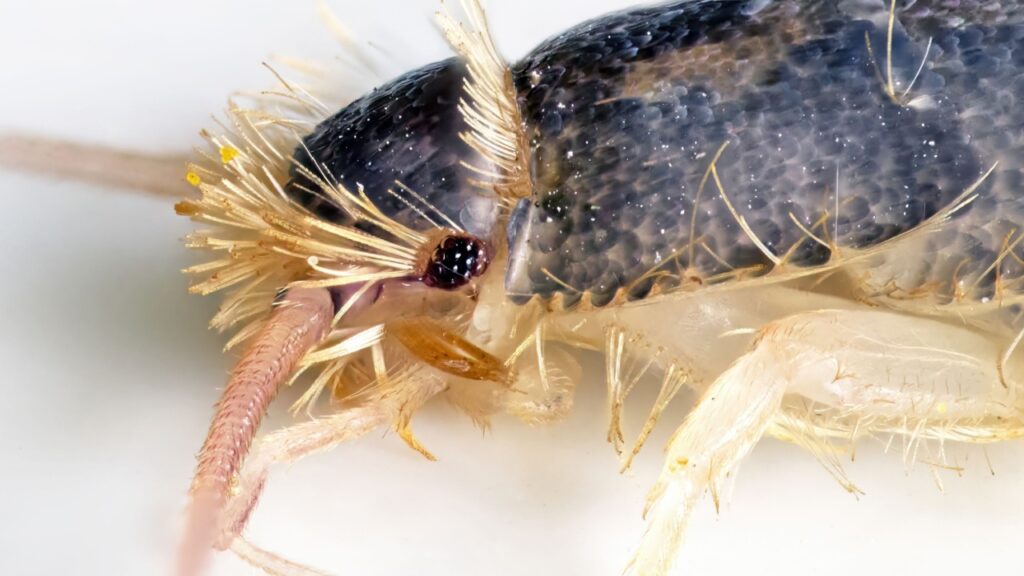Silverfish are one of those creatures that seem to appear out of nowhere, scurrying across your bathroom floor or hiding in your bookshelf. While they might give you the creeps, these ancient insects have some fascinating secrets. Let’s dive into the world of silverfish and discover some surprising facts about these little home invaders.
They’re Older Than Dinosaurs
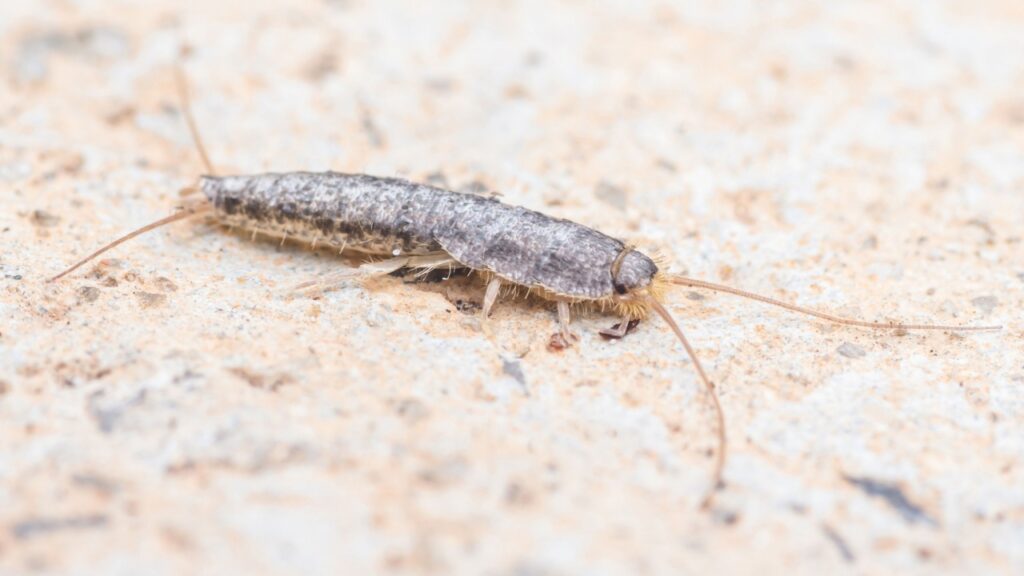
Silverfish have been around for a really long time. These little insects first appeared on Earth about 400 million years ago, way before dinosaurs even existed. They’ve survived multiple mass extinctions and have barely changed over time. This makes them one of the oldest insects still alive today, earning them the nickname “living fossils.”
Silverfish Never Stop Growing
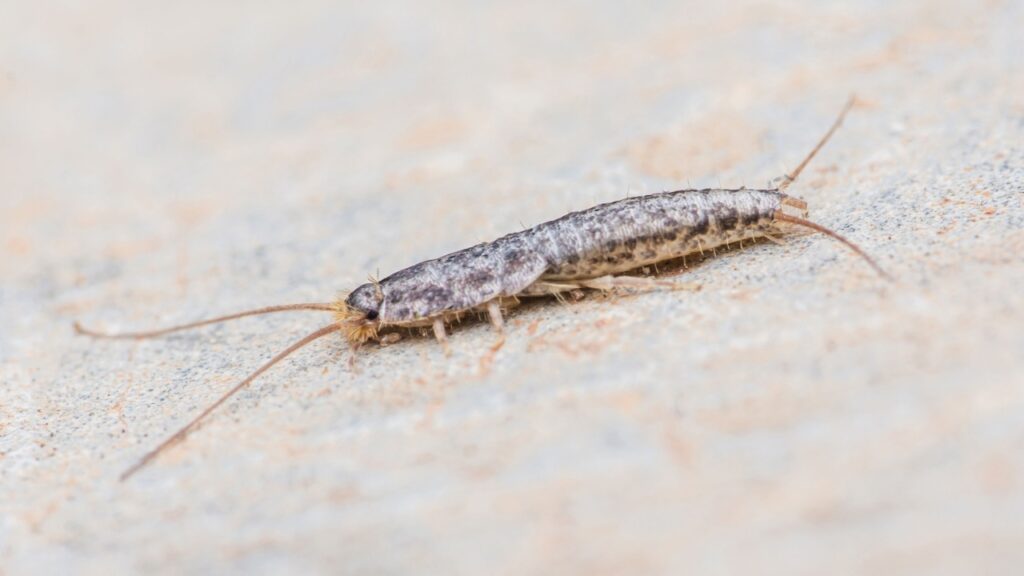
Unlike most insects, silverfish keep molting throughout their entire lives. They shed their exoskeleton and grow a new one, even as adults. This means they can keep getting bigger as long as they live. Some silverfish can molt up to 50 times in their lifetime, which is pretty amazing when you think about it.
They Can Live Without Food for a Year
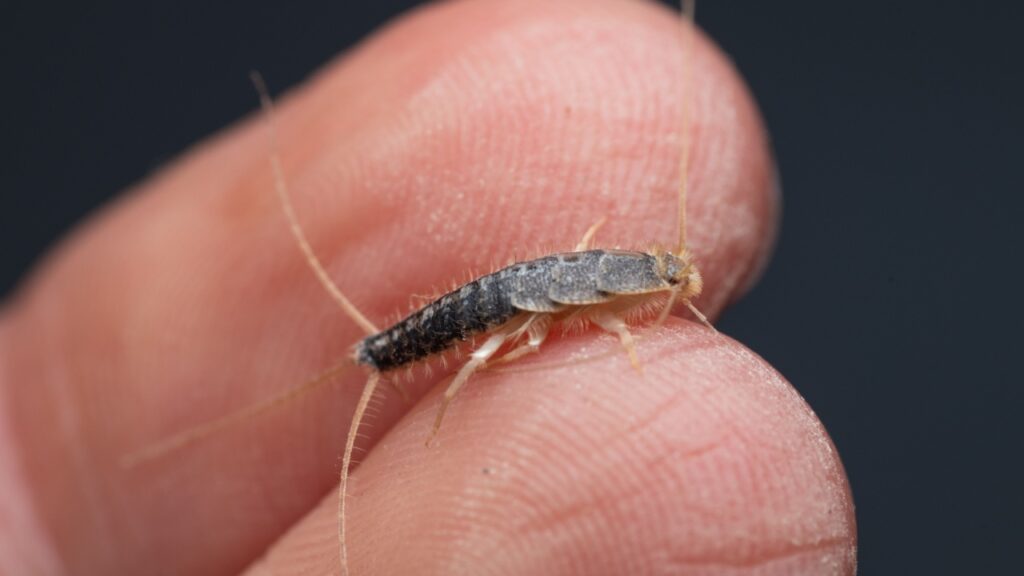
Silverfish are incredibly tough when it comes to surviving without food. These little insects can go without eating for up to a year if they have to. They slow down their metabolism and use up stored fat to stay alive. This ability helps them survive in harsh conditions where food might be scarce.
Silverfish Have a Sweet Tooth
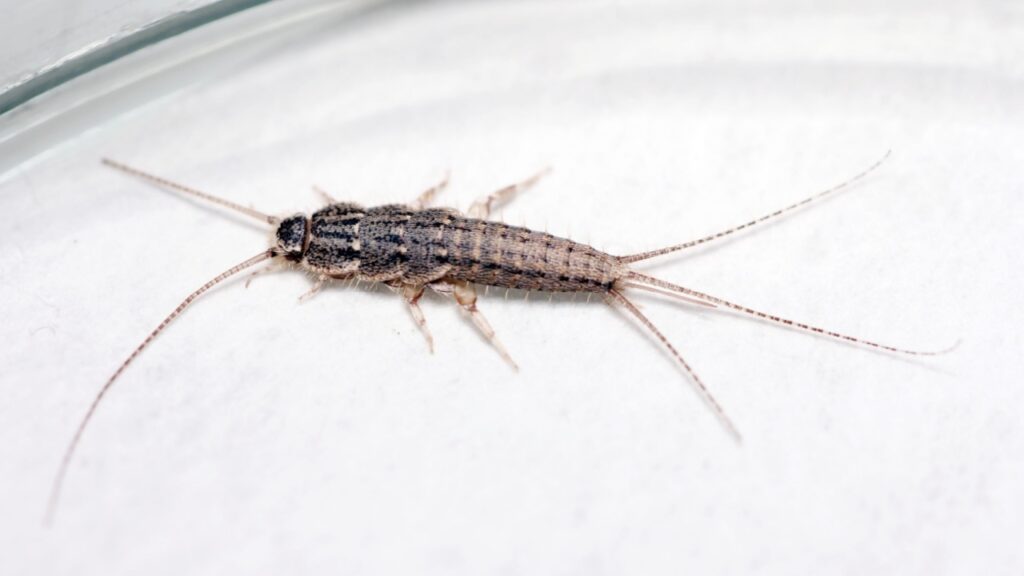
Despite their ability to fast, silverfish love to eat sugary and starchy foods. They’re particularly fond of things like paper, glue, and even the starch in your clothes. Books, wallpaper, and old photographs are like a buffet to them. This is why you often find them in libraries or old storage boxes.
They’re Basically Blind
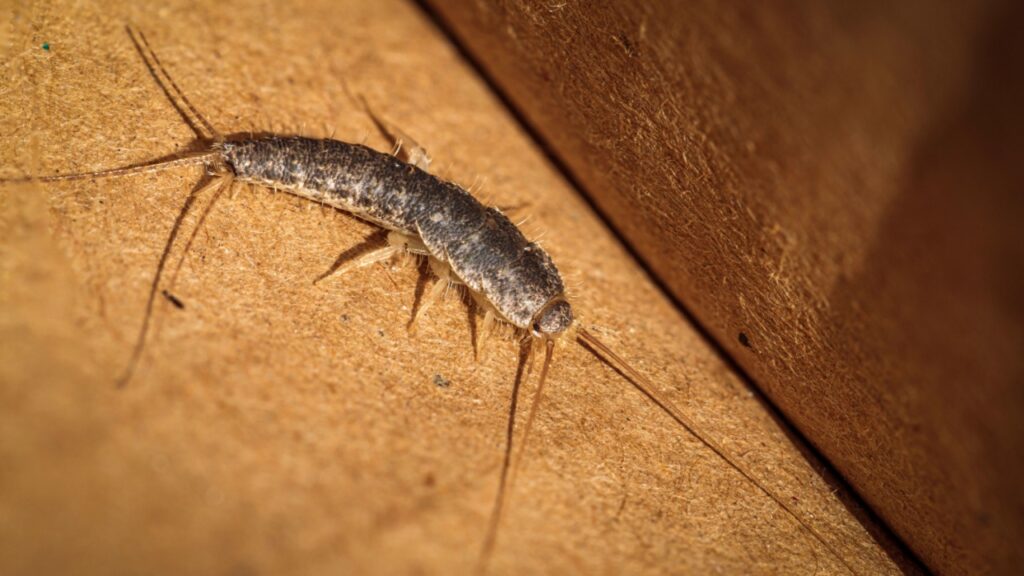
Silverfish have very poor eyesight. They can only tell the difference between light and dark. Instead of relying on vision, they use their long antennae to feel their way around. These antennae are super sensitive and help them navigate their environment and find food.
Silverfish Are Great Climbers
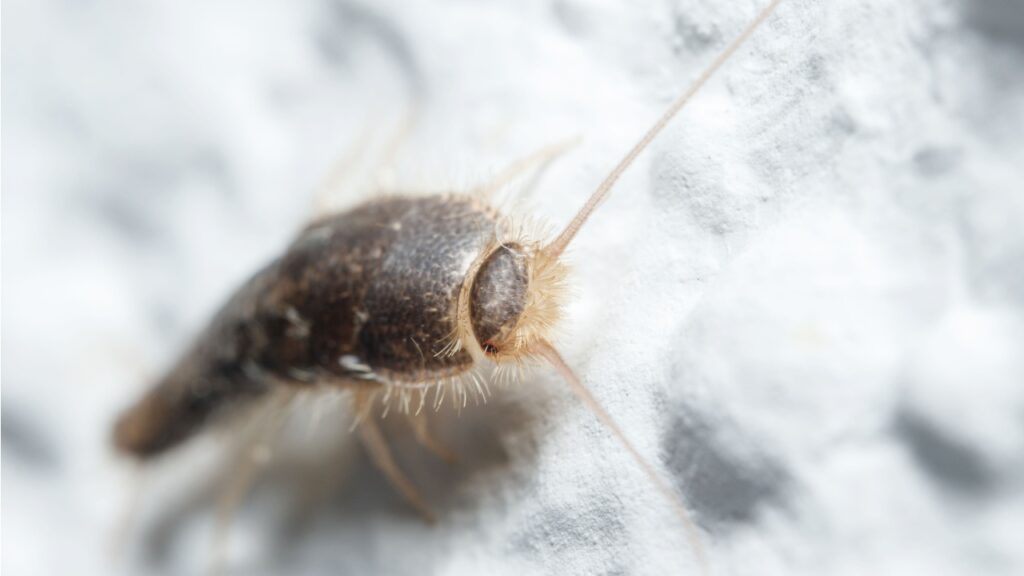
These insects might look clumsy, but they’re actually excellent climbers. Silverfish can easily scale vertical surfaces like walls and bookcases. They have special claws on their feet that help them grip smooth surfaces. This climbing ability lets them reach food sources and hiding spots in high places.
They’re Nocturnal Party Animals
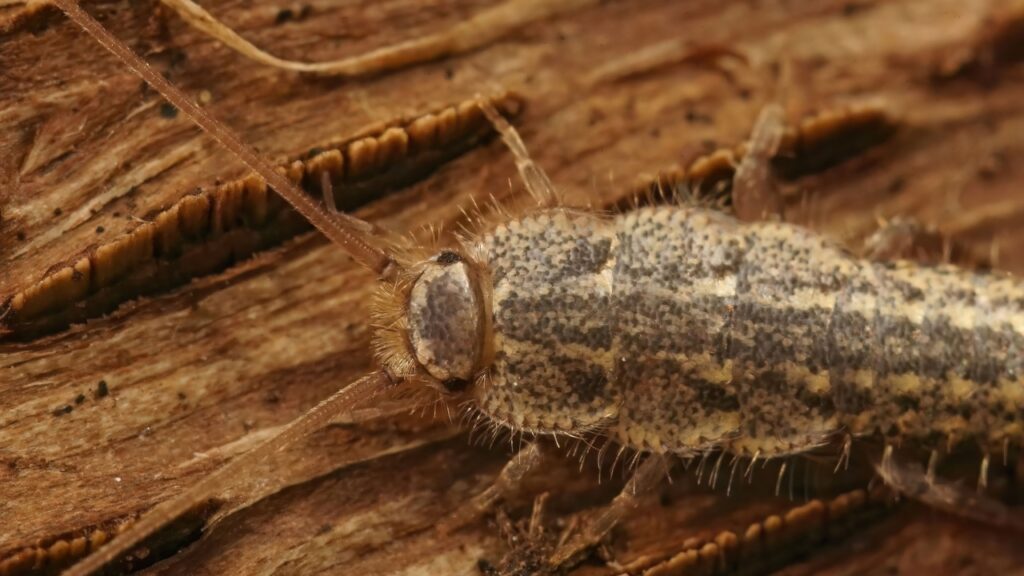
Silverfish are most active at night. They prefer dark, damp places and come out when it’s quiet. During the day, they hide in cracks and crevices. If you turn on the lights and see them scurrying away, it’s because you’ve interrupted their nightly activities.
Silverfish Have Three “Tails”
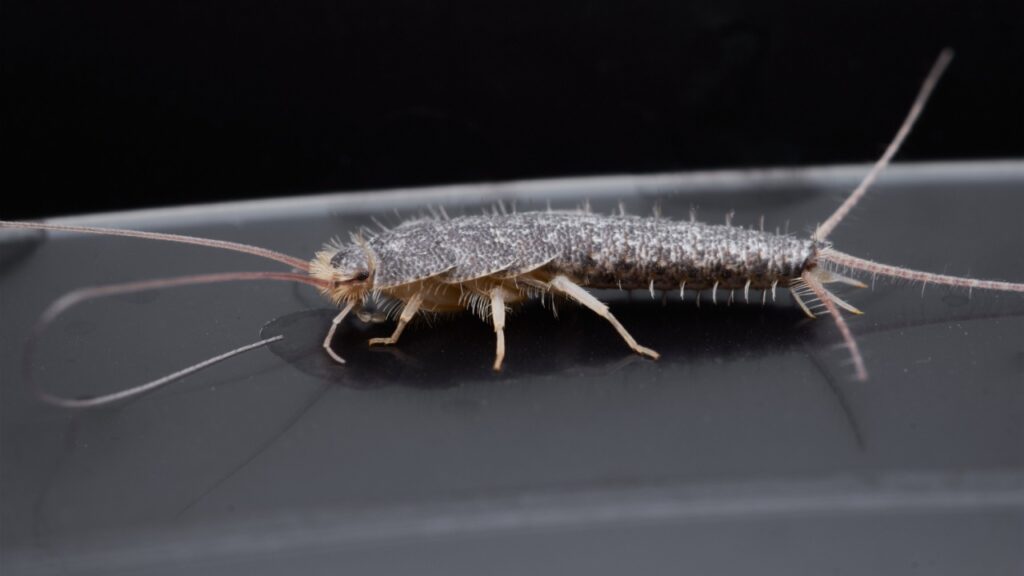
The name “silverfish” comes from their silvery color and fish-like movement. But they’re not fish at all. They have three long appendages at the end of their body that look like tails. These aren’t actually tails, but sensory organs that help them detect movement and vibrations around them.
They’re Not Harmful to Humans
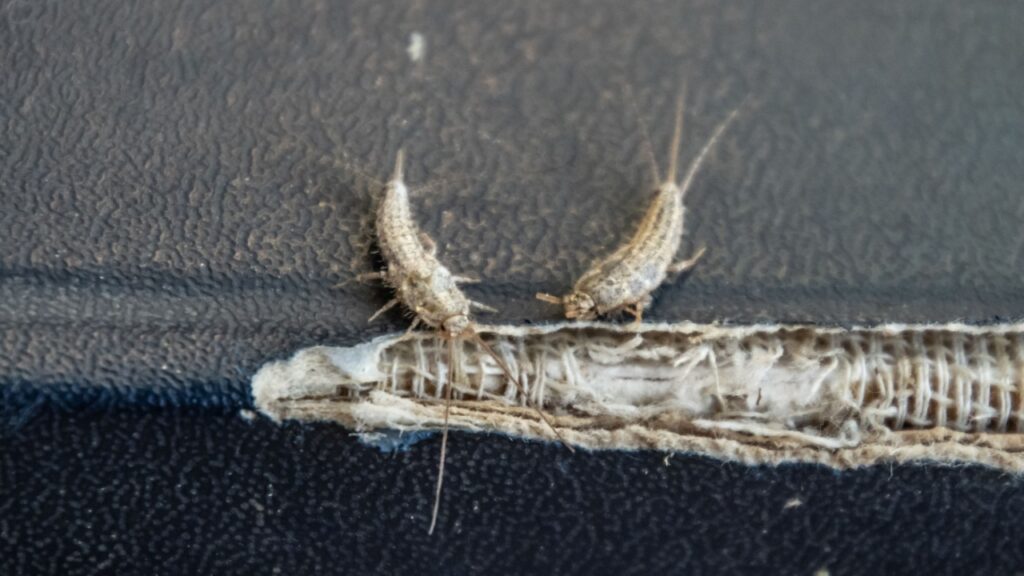
While silverfish might look creepy, they don’t bite or sting humans. They’re not known to carry diseases either. The main problem they cause is damage to your belongings. They can eat holes in books, clothes, and wallpaper, which can be annoying and costly.
Silverfish Are Attracted to Moisture
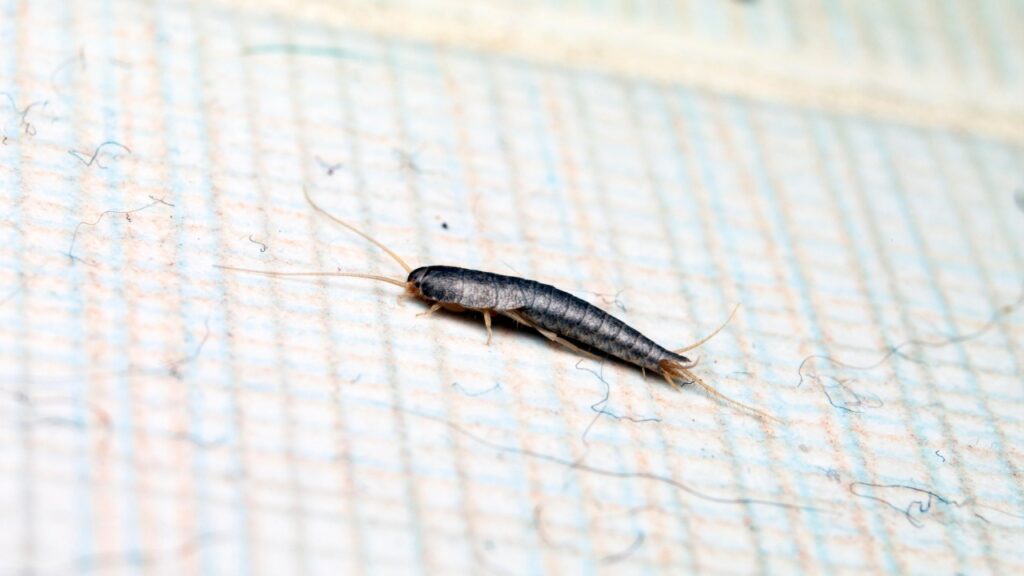
These insects love damp environments. Bathrooms, basements, and kitchens are their favorite hangout spots. They need moisture to survive and will often be found near leaky pipes or in humid areas. This is why you might see them more often in the bathroom than in other parts of your house.
They Have a Unique Mating Dance
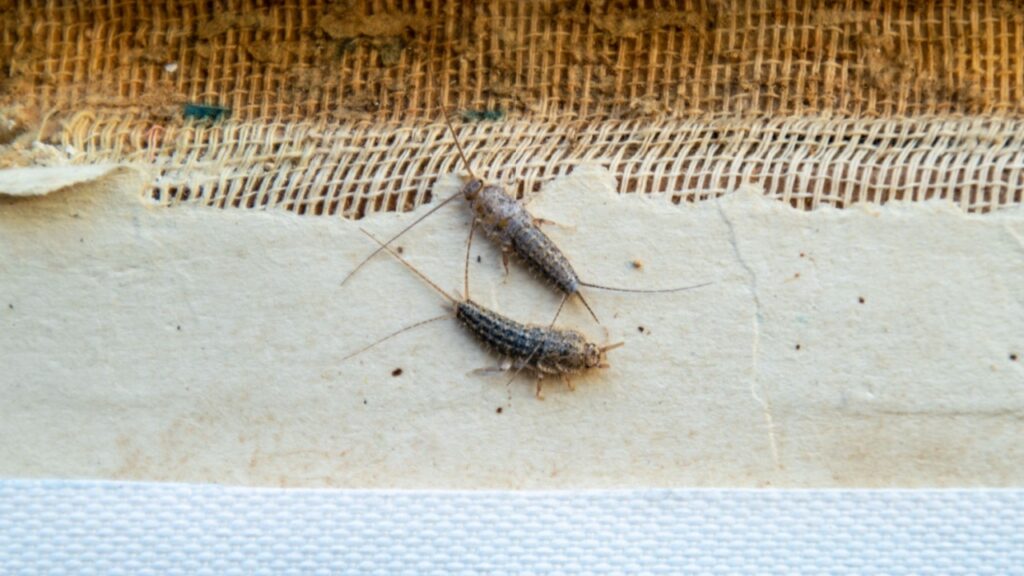
Silverfish have an interesting way of finding a mate. The male and female perform a special dance where they chase each other, touching antennae. If the female likes the male, she’ll let him deposit a sperm packet for her to use. It’s like a little insect tango!
Silverfish Eggs Are Nearly Indestructible

Female silverfish lay tiny eggs in cracks and crevices. These eggs are incredibly tough and can survive extreme temperatures and even some pesticides. This makes it hard to get rid of a silverfish infestation completely, as new bugs can hatch even after you think you’ve solved the problem.
They’re Not Actually Silver
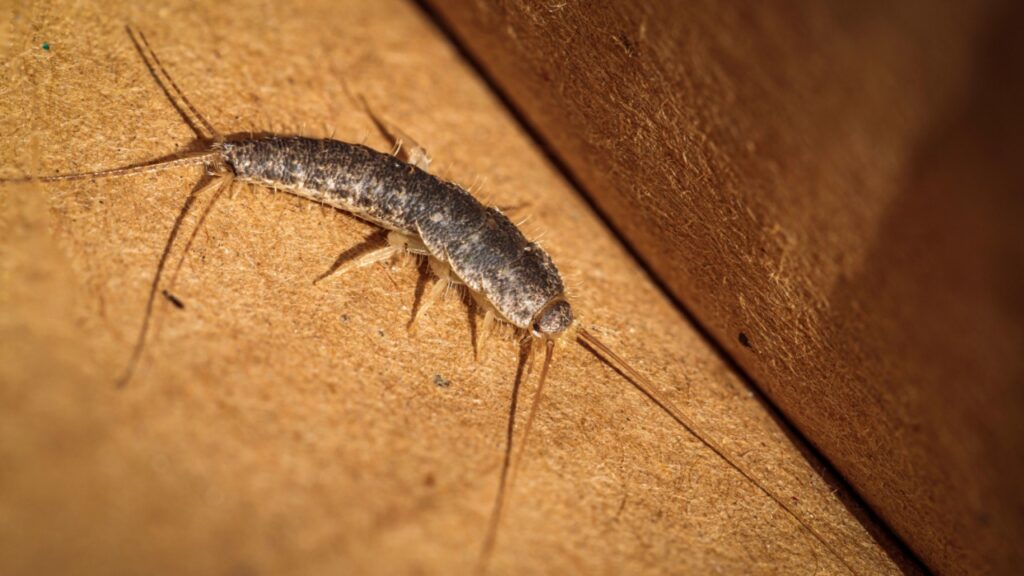
Despite their name, silverfish aren’t always silver in color. Young silverfish start out white and gradually develop their metallic sheen as they grow older. Some species can be brown or even slightly purple. The “silver” look comes from tiny scales that cover their body.
Silverfish Have Lots of Predators
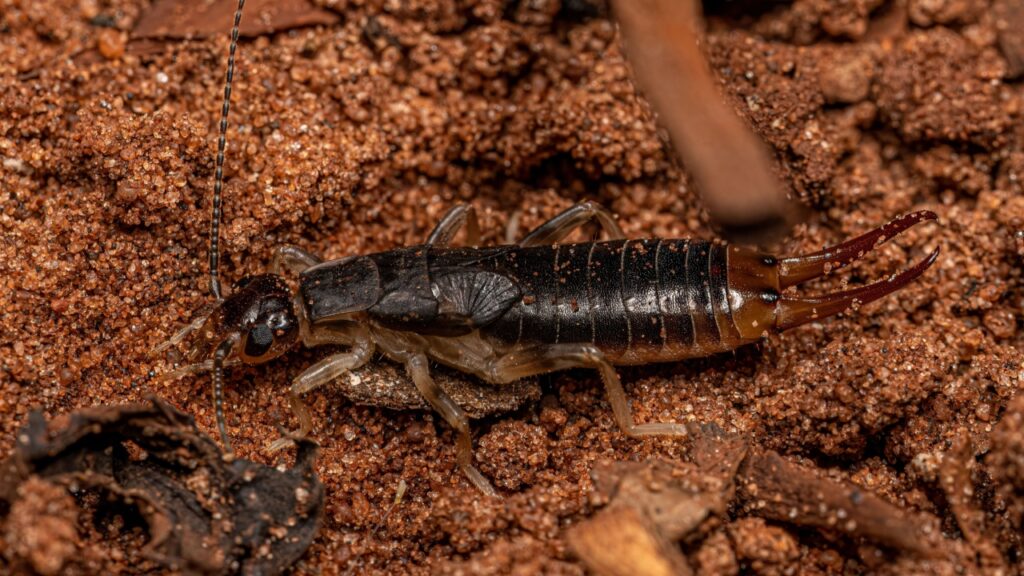
While they might seem like a nuisance to us, silverfish are a tasty snack for many other creatures. Spiders, centipedes, and earwigs all enjoy eating silverfish. Some types of beetles specifically hunt silverfish. In nature, these predators help keep silverfish populations in check.
They’re Found All Over the World

Silverfish are incredibly adaptable and can be found on every continent except Antarctica. They’ve spread around the world by hitching rides with humans. From tropical rainforests to urban apartments, these little insects have made themselves at home just about everywhere.
How to Get Rid of Silverfish: Dry Them Out

The best way to get rid of silverfish is to make your home less appealing to them. Start by reducing moisture. Use dehumidifiers in damp areas, fix any leaky pipes, and ensure good ventilation. Silverfish can’t survive in dry environments, so this will make them look for a new home.
How to Get Rid of Silverfish: Natural Repellents Can Help

Some natural scents can keep silverfish away. Try using sachets of dried lavender, bay leaves, or cinnamon in areas where you’ve seen silverfish. You can also use essential oils like cedarwood or citrus. These smells might be pleasant to us, but silverfish hate them and will avoid areas where they’re present.
How to Get Rid of Silverfish: Clean and Declutter

Silverfish love to hide in clutter, especially in piles of paper or cardboard. Regular cleaning and decluttering can reduce their hiding spots. Store books and papers in airtight containers, and vacuum regularly, especially in corners and along baseboards. This will make your home less inviting to these little invaders.

